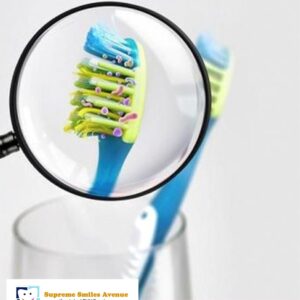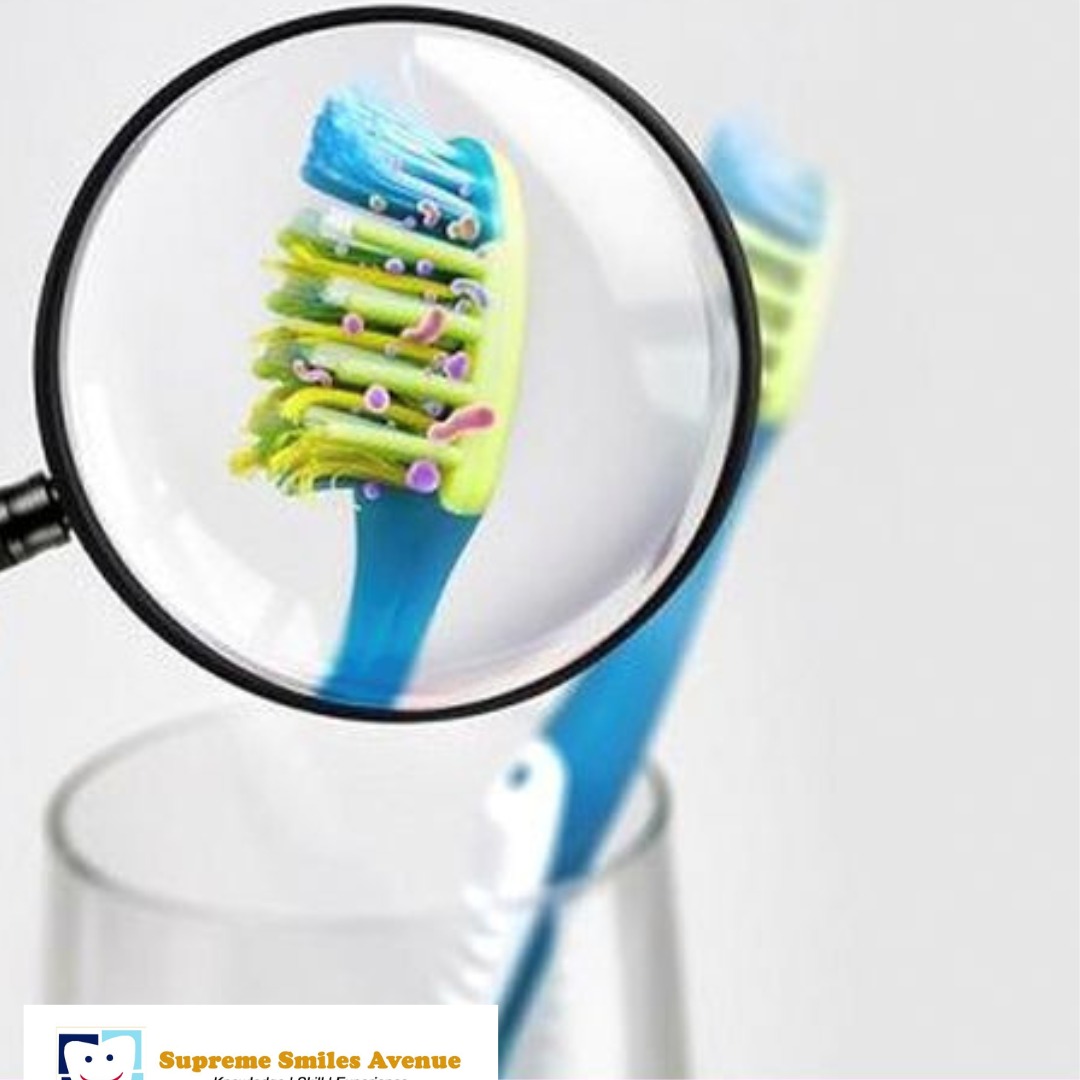Tooth brushing is an essential part of maintaining oral health. From a young age, we are taught the importance of brushing our teeth at least twice a day. However, many of us overlook the condition of our toothbrushes, using them for months without considering the potential impact on our oral hygiene.
The Importance of Changing Your Toothbrush
Dr. Sibuti Riro, a seasoned periodontist with over 15 years of clinical experience, strongly advises replacing your toothbrush every three months. Contrary to the belief that this recommendation is merely a marketing tactic, several compelling reasons underlie this guideline:
- Bacteria Buildup: With each use, your toothbrush collects bacteria from your mouth. Over time, these bacteria multiply and accumulate on the bristles, potentially reintroducing harmful microorganisms into your mouth with every brushing session. This buildup can compromise your oral hygiene, making it crucial to replace your toothbrush regularly.
- Worn Out Bristles: The bristles of a toothbrush gradually wear down with use, becoming less effective at cleaning your teeth. Worn-out bristles can also become more abrasive, leading to gum irritation and increasing the risk of gum recession. Replacing your toothbrush ensures that the bristles remain in optimal condition, allowing for effective plaque and bacteria removal.
- Post-Illness: After recovering from a cold, flu, or other viral infections, it’s important to change your toothbrush. Viruses and bacteria can linger in the bristles, posing a risk of reinfection or cross-contamination with other family members’ toothbrushes. Disposing of your toothbrush after illness and replacing it with a new one is a simple yet effective way to protect your health.
Benefits of Regular Toothbrush Replacement
Changing your toothbrush every three months offers several key benefits. A new toothbrush has bristles that are more effective at removing plaque and bacteria, contributing to better oral health. If you use an electric toothbrush, it’s recommended to replace the brush head every three months to maintain its effectiveness.
In some cases, you may need to replace your toothbrush sooner than three months. If you notice that the bristles are frayed or worn down before the three-month mark, it’s time for a new toothbrush. Brushing with too much pressure can cause premature wear, so paying attention to the condition of the bristles is essential.
Keeping Your Toothbrush Clean
Proper toothbrush care is crucial for maintaining its cleanliness and effectiveness. After each use, rinse your toothbrush thoroughly and allow it to air dry. Avoid storing your toothbrush in a small, enclosed space, as this can promote bacterial growth. When using a toothbrush holder, ensure that the brushes do not touch each other to prevent cross-contamination.
It’s important to note that attempts to sterilize your toothbrush by boiling, microwaving, or washing it in a dishwasher are not recommended. Exposing the bristles to excessive heat can damage them, reducing their effectiveness at cleaning your teeth.
What to Consider When Buying a New Toothbrush
When selecting a new toothbrush, consider the following factors:
- Bristles: Soft bristles are suitable for most people, while those with sensitive gums may benefit from ultra-soft bristles. Avoid hard bristles, as they can cause gum irritation and enamel wear.
- Brush Head Size and Shape: Choose a brush head that can comfortably reach all areas of your mouth, including the back molars. A smaller brush head may be more effective for thorough cleaning.
- Handle Comfort: The handle should provide a comfortable grip, allowing you to brush your teeth effectively without straining your hand.
- Manual vs. Electric: While manual toothbrushes are effective when used correctly, electric toothbrushes can be easier to use and may offer superior plaque removal. Consider your personal preferences and oral health needs when deciding between the two.
Impact of the Toothbrush on Oral Health
Your toothbrush plays a critical role in maintaining oral health. The bristles help remove plaque and bacteria from your teeth and gums, preventing cavities, gum disease, and other oral health issues. Regular brushing with a well-maintained toothbrush helps ensure that these harmful substances are effectively removed before they can cause damage.
How to Properly Change Your Toothbrush
Replacing your toothbrush is a simple process, but it’s important to do it correctly. When disposing of your old toothbrush, place it in a sealed bag before throwing it away to prevent it from contaminating other items. Always store your new toothbrush upright to allow the bristles to air dry between uses.
Conclusion
Changing your toothbrush every three months is a small but vital step in maintaining good oral hygiene. By replacing your toothbrush regularly and following proper care practices, you can protect your dental and overall health. Don’t forget to schedule routine dental checkups and cleanings twice a year to ensure your oral health remains in top condition.
If you’re looking for quality, affordable dental care in Kenya, consider visiting Supreme Smiles Avenue Dental Center in Kilimani, Nairobi. For more information, contact them directly for a no-obligation consultation.
